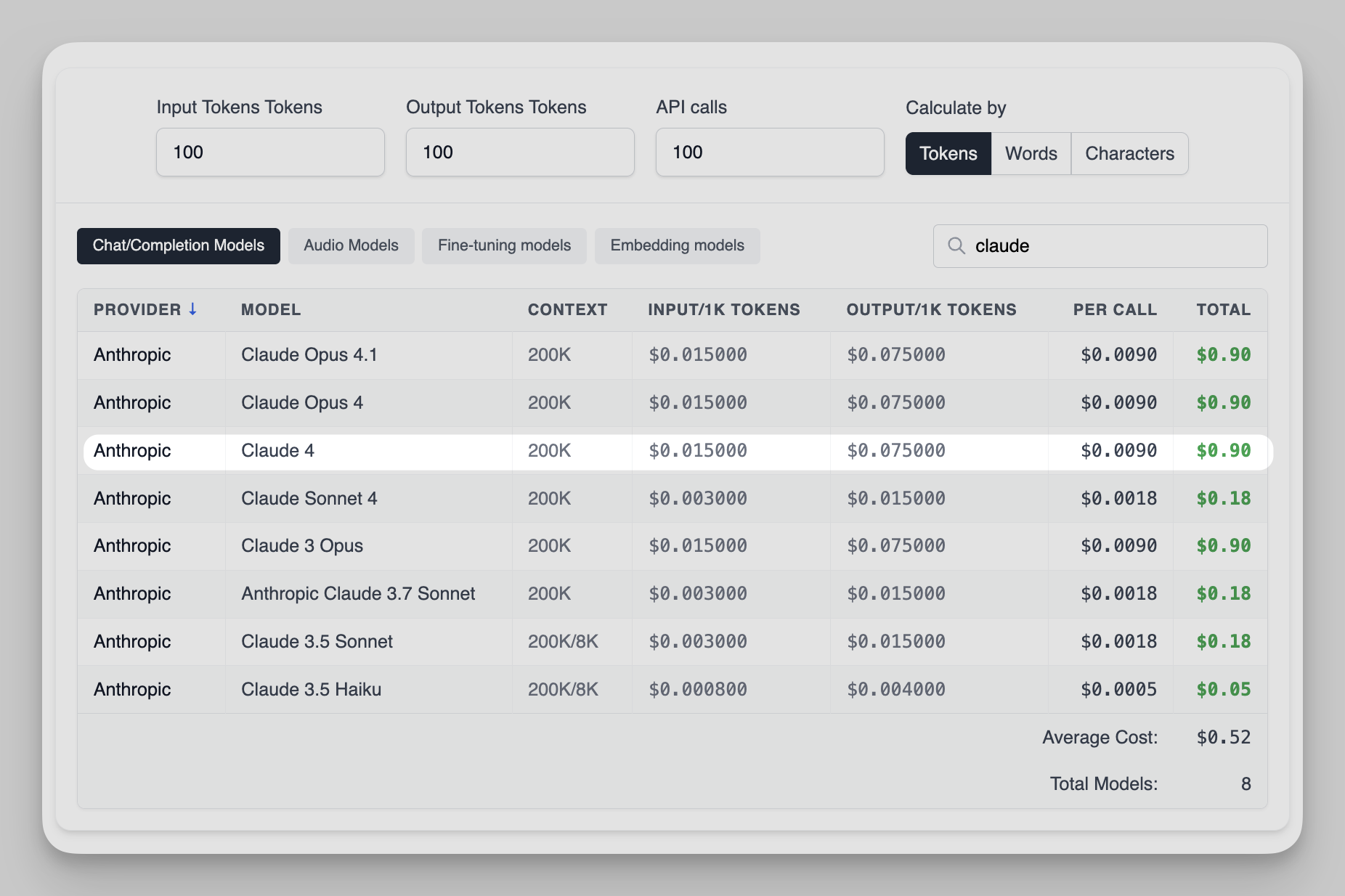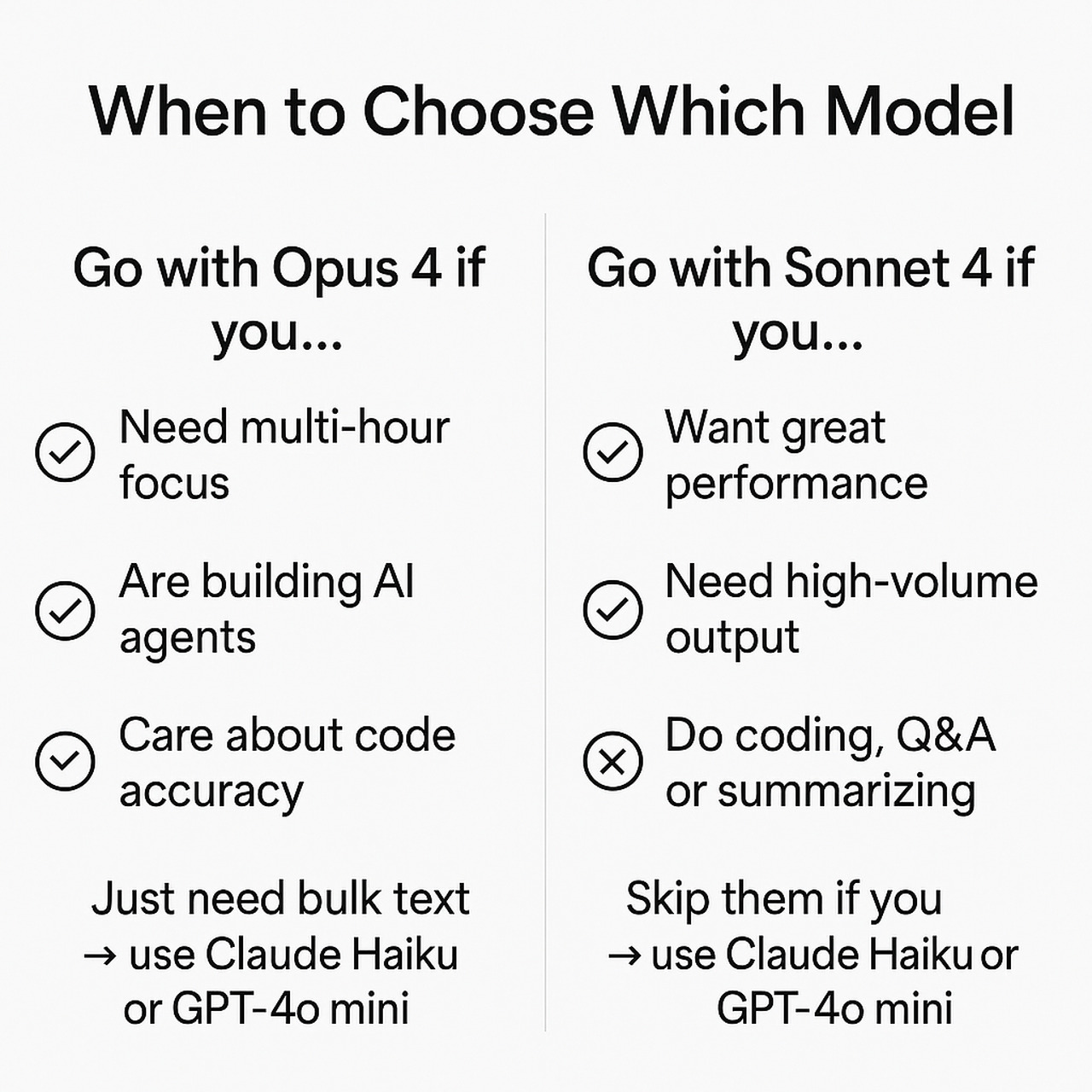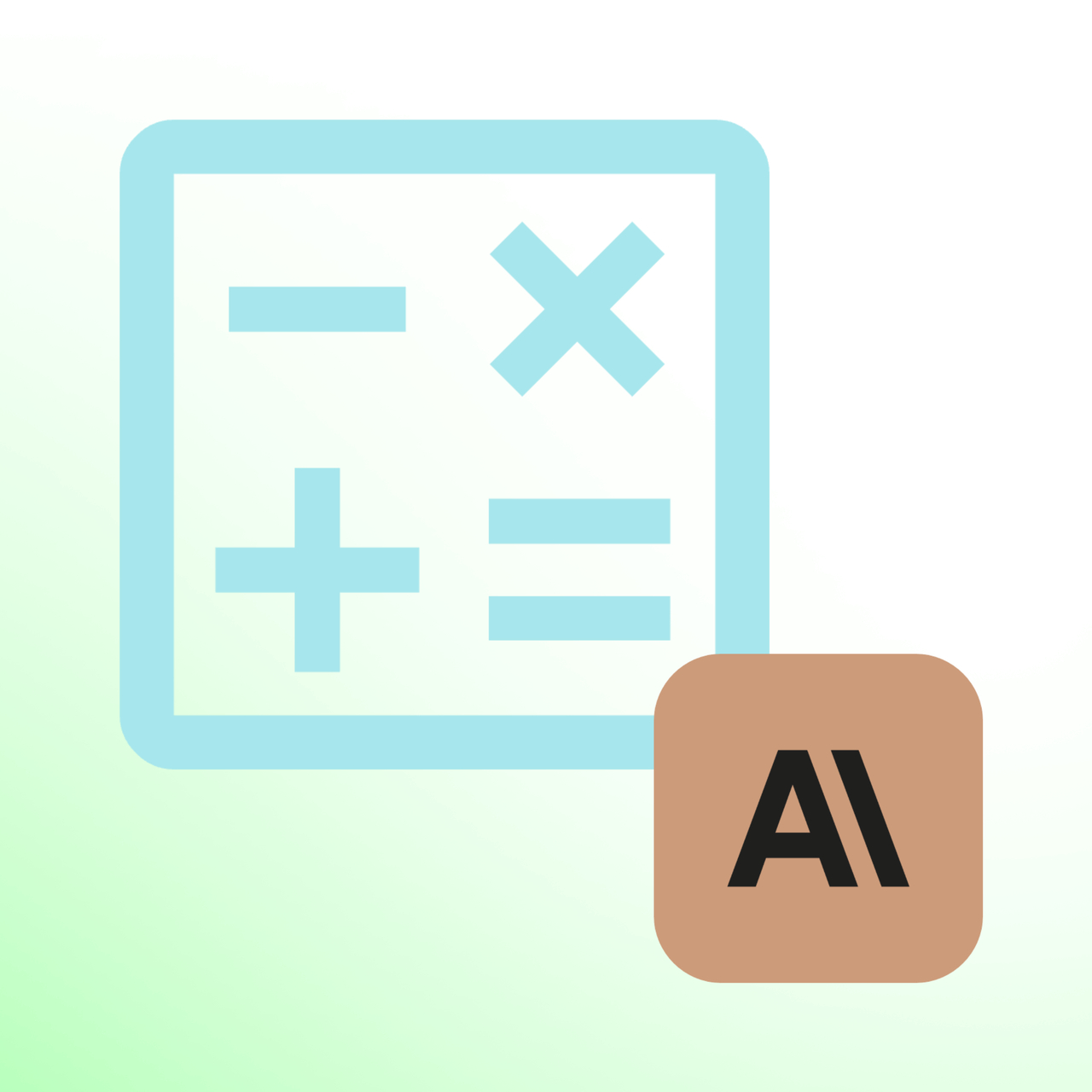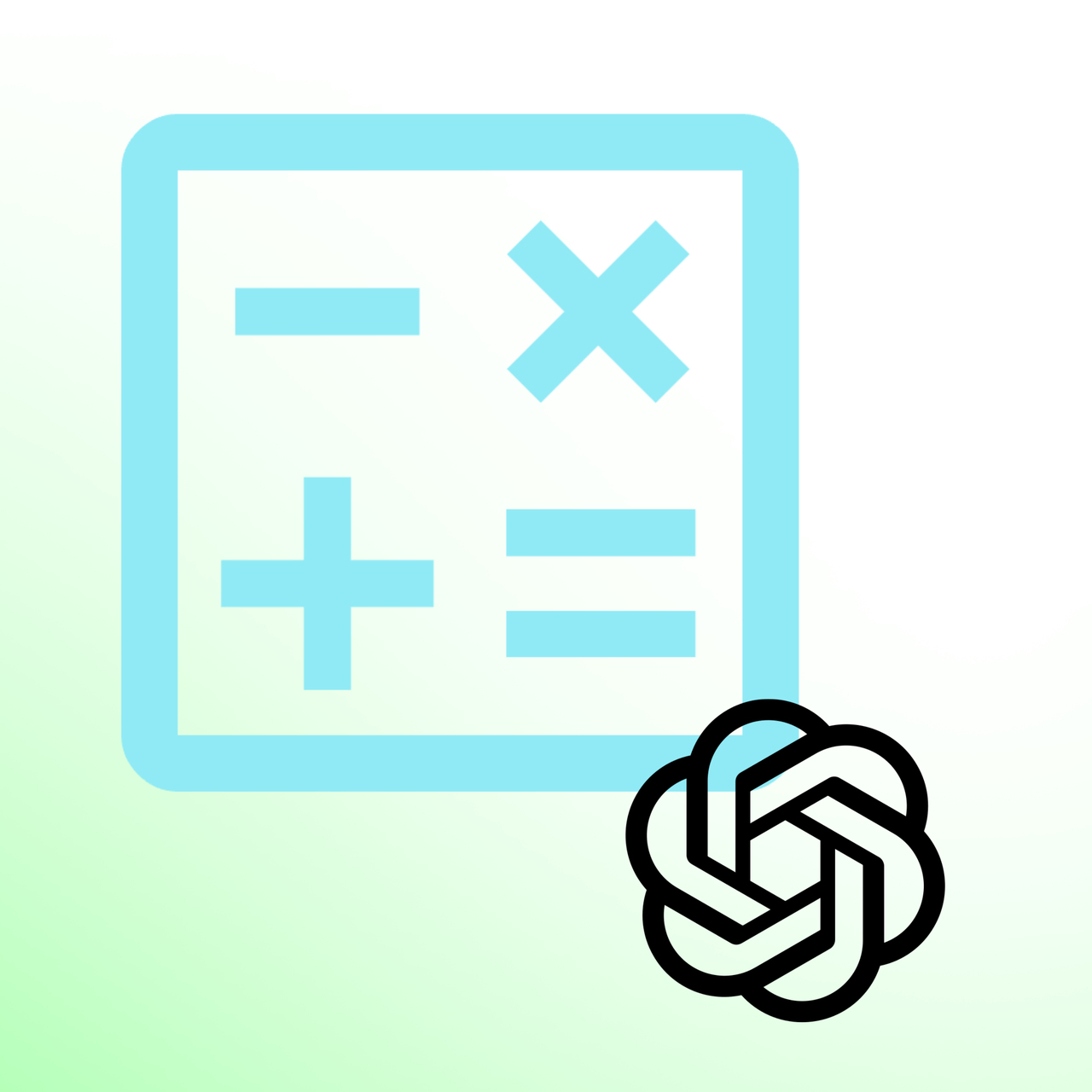.png)

Claude 4 Pricing Calculator








Claude 4 Cost – Compare Opus 4 & Sonnet 4
Your complete guide to understanding, estimating, and optimizing Claude 4 API usage.
If you’re here, I’m guessing one of three things is true:
- You’re planning to use Claude 4 (Opus 4 or Sonnet 4) for a project and want to avoid bill shock.
- You’re comparing Claude to GPT-4.1, GPT-4o, Gemini, or other large language models, and you want to see how the cost lines up with performance.
- You’re already using Claude and your monthly API bill keeps creeping higher — you want to cut costs without cutting results.
I’ve been in all three situations.
I’ve priced Claude for:
- Proof-of-concept AI agents for dev teams
- 24/7 customer support bots for SaaS businesses
- Academic research assistants that read hundreds of pages
- Content-generation tools for marketing teams
This page gives you all of that in one place.
Quick Claude 4 Facts — 2025 Edition
Claude 4 is actually two models:
- Claude Opus 4 → Anthropic’s most powerful model, designed for complex coding, deep reasoning, and long-running tasks.
- Claude Sonnet 4 → A slightly smaller, more affordable model that still delivers state-of-the-art coding and reasoning.
▶️ Pro Tip:
- Prompt caching = up to 90% cheaper if you reuse the same prompt or system message.
- Batch processing = ~50% cheaper for background jobs.
In other words, forty in-depth customer chats cost less than a latte—and you knew the budget impact before a single merge-request.
Understanding Tokens
If you’ve never worked with LLM pricing before, here’s the simplest way to think about it:
- Input tokens = what you send to Claude (your prompt, context, and instructions).
- Output tokens = what Claude sends back to you (the reply).
- Tokens are chunks of text — usually smaller than a word.
💡 Quick conversions:
- 1 word ≈ 1.3 tokens
- 1 token ≈ 4 characters (including spaces)
Example: "Hello world" = 2 words ≈ 2.6 tokens ≈ 11 characters.
How the Claude 4 Pricing Calculator Works
We created this tool to mimic how real people think, rather than how billing documents are typically written.
Step 1 — Pick your unit

You can tell the calculator your usage in:
- Tokens (best for devs tracking usage in code)
- Words (best for writers, marketers, or anyone thinking in prose)
- Characters (best for UI limits, SMS, tweets, etc.)
Step 2 — Fill in your three numbers
- Input size → How long is your prompt or the data you send?
- Output size → How long do you expect Claude’s reply to be?
- Number of calls → How many times will you send a request?
Step 3 — Get your cost instantly

The calculator updates live and shows:
- Cost per call
- Total cost for all calls
- Side-by-side comparison for Opus 4, Sonnet 4, and other models
Official Claude 4 Pricing (2025)
Source: Anthropic launch post
Real-World Examples
Let’s walk through three real cases I’ve actually seen.
Example 1 — Customer Support Bot (Sonnet 4)
If you implement a chatbot that answers customer emails using your help docs.
- Input per chat: 600 words (customer message + chat history)
- Output per chat: 800 words (answer + follow-up)
- Calls: 15 per day × 30 days = 450 calls/month
Token math:
- Input: 600 × 1.3 = 780 tokens × 450 = 351,000 tokens (0.351M)
- Output: 800 × 1.3 = 1,040 tokens × 450 = 468,000 tokens (0.468M)
Cost:
- Input: 0.351 × $3 = $1.05
- Output: 0.468 × $15 = $7.02
- Total monthly: $8.07
With prompt caching for the system prompt → drops to about $6/month.
Example 2 — Large Code Refactor (Opus 4)
You can use Claude to help refactor multiple files in a legacy codebase.
- Input per task: 1,500 words (repo + instructions)
- Output per task: 3,000 words (code + explanation)
- Tasks: 20
Cost:
- Input: 0.039M × $15 = $0.59
- Output: 0.078M × $75 = $5.85
- Total: $6.44
Batch mode would cut that to ~$3.20 total.
Example 3 — Research Summaries (Opus 4)
If you need concise, cited reports from multiple research papers.
- Input: 4,000 words (papers + instructions)
- Output: 8,000 words (summary + citations)
- Runs: 12
Cost:
- Input: 0.0624M × $15 = $0.94
- Output: 0.1248M × $75 = $9.36
- Total: $10.30
Claude 4 vs Other LLMs
When to Choose Which Model

Go with Opus 4 if you…
- Need multi-hour focus on a task
- Are building AI agents that run workflows end-to-end
- Care about highest possible code accuracy
Go with Sonnet 4 if you…
- Want great performance but lower costs
- Need high-volume responses without breaking the bank
- Do lots of coding, Q&A, or summarizing where speed matters
Skip them if you…
- Just need bulk text → use Claude Haiku or GPT-4o mini
- Need instant multimodal audio/video → use GPT-4o
Five Proven Tricks to Keep Your Claude 4 Bill Low
I’ve tested this in real projects and found five proven strategies:
- Cache your system prompt — biggest savings if you reuse the same setup.
- Batch jobs — run big, non-urgent tasks in bulk at ~50% lower cost.
- Cap output length — prevent Claude from generating unnecessary text.
- Extended thinking only when needed — don’t pay for deep reasoning on simple queries.
- Use a cheaper model to pre-filter — send only the most important requests to Claude 4.
These together can cut your bill by 40–70% without hurting results.
Final Thoughts
I’ve run Opus 4 on a 7-hour autonomous coding session — it never lost track.
I’ve run Sonnet 4 on thousands of daily support chats — the cost stayed low.
If accuracy is life-or-death for your task, choose Opus 4. If you want smart, scalable AI at a lower price, choose Sonnet 4.
Who Benefits Most from Our Claude 4 Pricing Calculator?
- Developers & MLOps Engineers – budget coding agents before provisioning GPUs.
- E-commerce Growth Teams – forecast AI chatbot for customer support costs per order or per visitor session.
- Product Managers – compare Claude 4 against GPT-4.1 or o3 in one click, no spreadsheet wrangling.
- Finance & Procurement – audit every API-call assumption with a shareable permalink.
- Agencies & Consultancies – quote fixed-fee AI projects with confidence instead of padding for “token creep.”
More Free Calculators from LiveChatAI
More Free Calculators from LiveChatAI
- GPT-4.1 Pricing Calculator – Plan million-token memory projects on OpenAI’s flagship.
- OpenAI o3 Calculator – Estimate low-latency routing or classification jobs.
- Claude Sonnet 4 Calculator – Price mid-range chat & multilingual Q&A.
- Gemini 2.5 Pro Calculator – Budget massive-context research runs.
- DeepSeek R1 & V3 Calculators – Compare open-weights fine-tuning vs. API cost.
All benchmarks and pricing pulled from Anthropic’s “Introducing Claude 4” announcement plus publicly available model cards from OpenAI and Google.
Frequently asked questions
- Top-tier coding accuracy (Opus 4 scored 72.5% on SWE-bench Verified).
- Massive context capacity (200K tokens for huge inputs).
- Long-term focus for multi-hour AI agent tasks.
- Tool use & extended reasoning for complex workflows.
For high-stakes work, Claude 4 often saves money in the long run by avoiding costly mistakes.
- You’ll pay Claude’s token costs plus any costs for the other services.
- Tool calls might add extra input/output tokens because the results are fed back into Claude.
Budget for both, and test workflows end-to-end to avoid surprises.
- The longer sustained reasoning lets you automate multi-step tasks that Sonnet might need multiple calls to complete.
- You’re working in regulated industries where mistakes carry legal or compliance risks.
If you don’t see a measurable business impact from those factors, Sonnet 4 is usually the smarter default.















































